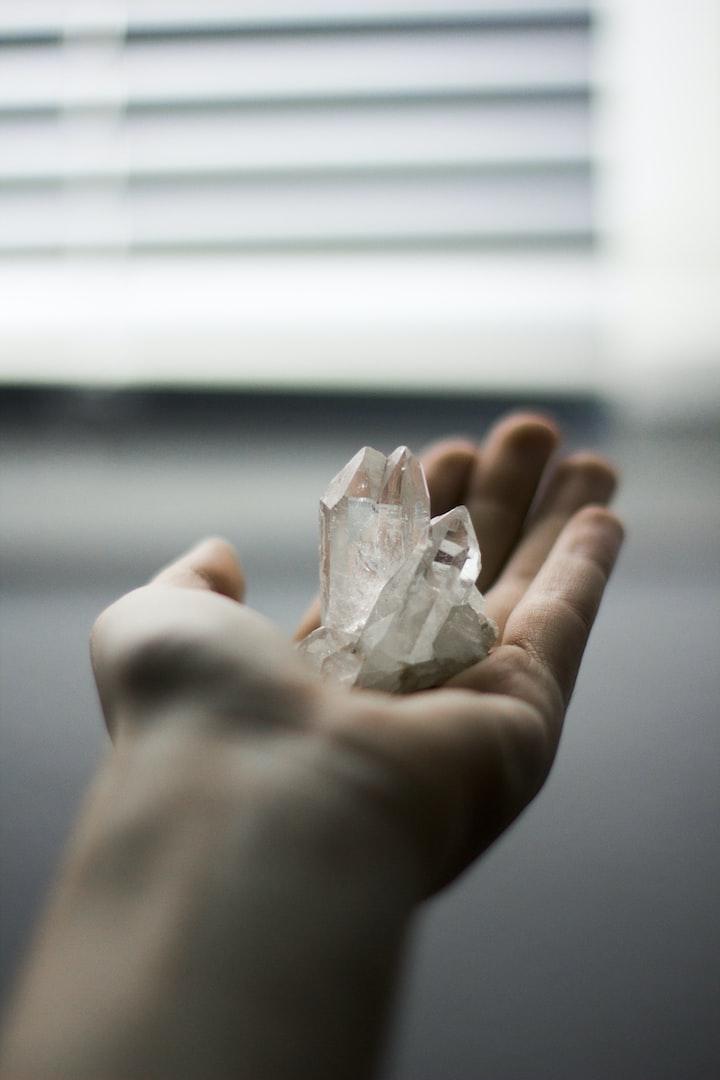There are a variety of different factors that can affect the rate of healing for different body parts. In general, however, the slowest healing body parts tend to be those with the poorest blood supply, such as the ligaments in the joints or tendons in the muscles. Additionally, areas of the body that are constantly exposed to friction or pressure are also more likely to heal slowly. This includes areas like the soles of the feet or palms of the hands. Finally, injuries that involve bone or deep tissue damage will also typically heal at a slower rate than superficial cuts or bruises.
Feet, legs and knees: Foot injuries and knee pain are common, especially among athletes and active adults
Foot injuries and knee pain can sideline even the most active people. The good news is that with proper care, most foot injuries and knee problems will heal relatively quickly. However, there are some instances when the healing process can be painfully slow.
One of the slowest healing body parts is the Achilles tendon. The Achilles tendon is the large rope-like structure that connects the calf muscle to the heel bone. It is responsible for helping us lift our heels when we walk or run. Unfortunately, it is also susceptible to injury, particularly in people who participate in sports such as basketball or tennis. Achilles tendonitis (inflammation of the Achilles tendon) is a common problem that can take months to resolve, even with aggressive treatment. In some cases, surgery may be required to repair damaged tissue.
Another slow-healing body part is the cartilage in our joints. Cartilage acts as a cushion between bones and allows them to move smoothly against one another. When cartilage becomes worn or damaged, it can cause pain and stiffness in the joints (arthritis). While there are a number of treatments available for arthritis, including medication and exercise, there is no cure for this condition. In many cases, arthritis will gradually worsen over time and may eventually require joint replacement surgery.
Finally, bones themselves can take a long time to heal if they are broken or fractured. This type of injury usually requires immobilization of the affected limb in order to allow proper healing to occur. Depending on the severity of the fracture, it may take several weeks or even months before full recovery takes place. In some cases, surgical intervention may be necessary in order to promote healing.
Wrists: Wrists and hands contain multiple ligaments and joints that generally take a longer time to repair
If you’ve ever sprained your wrist, you know that the healing process can take a while. And if you’ve broken your wrist, it can take even longer for the bones to heal properly.
But why do wrists and hands take longer to heal than other parts of the body? There are a few reasons.
For one, the hands and wrists are constantly in use, which means they’re more likely to be injured in the first place. But even when they’re not being used, they’re still susceptible to injury because they contain multiple ligaments and joints.
This complexity makes it difficult for the body to repair all of the damage at once. And because blood flow is limited in these areas, it can take longer for nutrients and oxygen to reach the injured tissues.
In addition, tendons and nerves in the hands and wrists are also more delicate than those in other parts of the body. This means that they’re more likely to be damaged during an injury and that it can take longer for them to heal properly.
